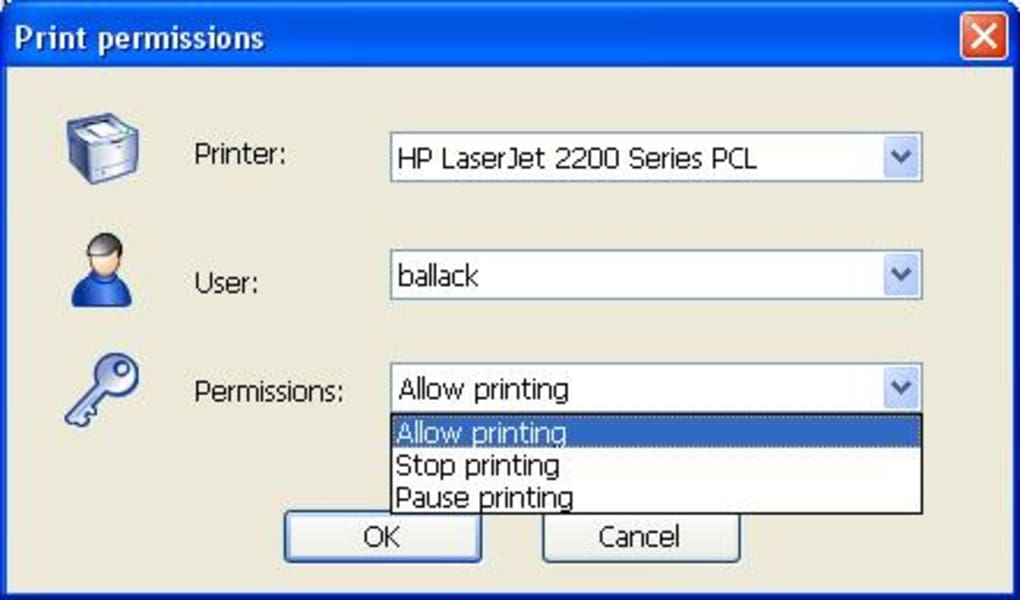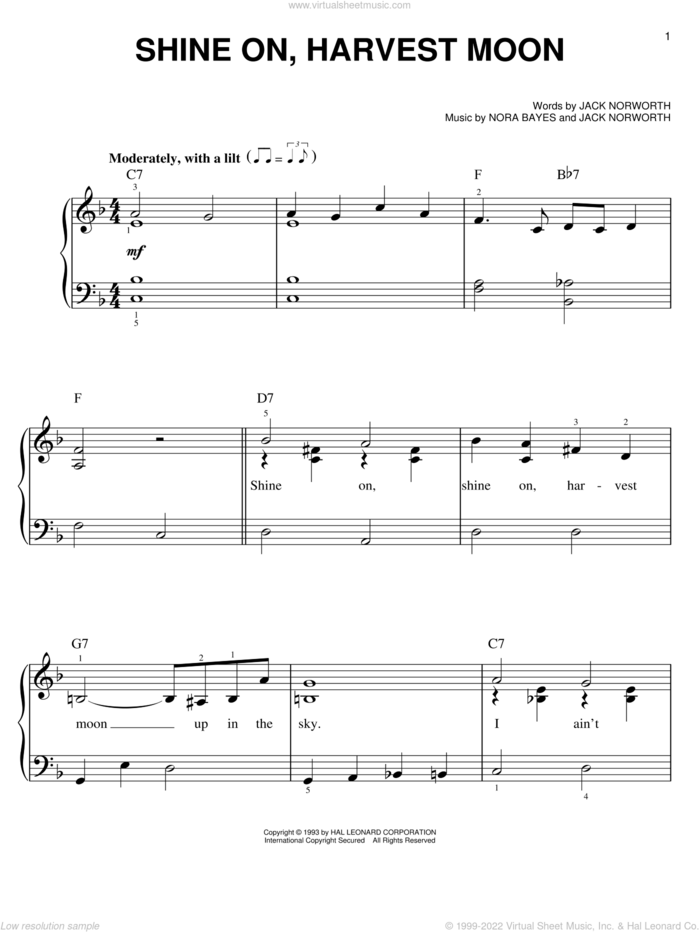

PDF includes dynamic capabilities purposely not supported by the XPS format. The filter pipeline architecture of XPS is also similar to the one used in printers supporting the PostScript page description language. Both formats are compressed, albeit using different methods. PDF is a database of objects that may be created from PostScript or generated directly from applications, whereas XPS is based on XML. Like Adobe Inc.'s PDF, XPS is a fixed-layout document format designed to preserve document fidelity, providing device-independent document appearance.
HAR VIEWER AND PRINTER DRIVERS
The XPS format used in the spool file represents advanced graphics effects such as 3D images, glow effects, and gradients as Windows Presentation Foundation primitives, which printer drivers could offload their rasterization to the printer in order to reduce computational load if the printer is capable of rasterizing those primitives. XPS supports HD Photo images natively for raster images. The print subsystem supports named colors, simplifying color definition for images transmitted to printers supporting those colors. It includes a software raster image processor (RIP) (downloadable separately). XPS supports the Windows Color System color management technology for color conversion precision across devices and higher dynamic range. It also has support for features such as color gradients, transparencies, CMYK color spaces, printer calibration, multiple-ink systems and print schemas. XPS specifies a set of document layout functionality for paged, printable documents. oxps format, while OxpsConverter converts documents from. Beginning with Windows 8, the document writer defaults to the. There are two incompatible XPS formats available.

The contents of an XPS file can be examined by opening it in an application which supports ZIP files. These include an XML markup file for each page, text, embedded fonts, raster images, 2D vector graphics, as well as the digital rights management information.
HAR VIEWER AND PRINTER ARCHIVE
Notably, the markup language for XPS is a subset of XAML, allowing it to incorporate vector elements in documents.Īn XPS file is a ZIP archive using the Open Packaging Conventions, containing the files which make up the document.

The XPS document format consists of structured XML markup that defines the layout of a document and the visual appearance of each page, along with rendering rules for distributing, archiving, rendering, processing and printing the documents.


 0 kommentar(er)
0 kommentar(er)
